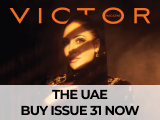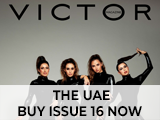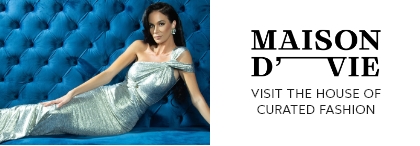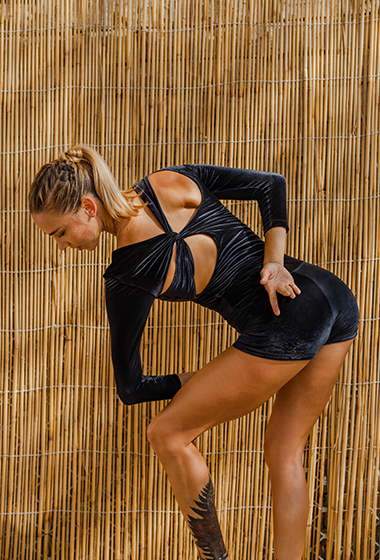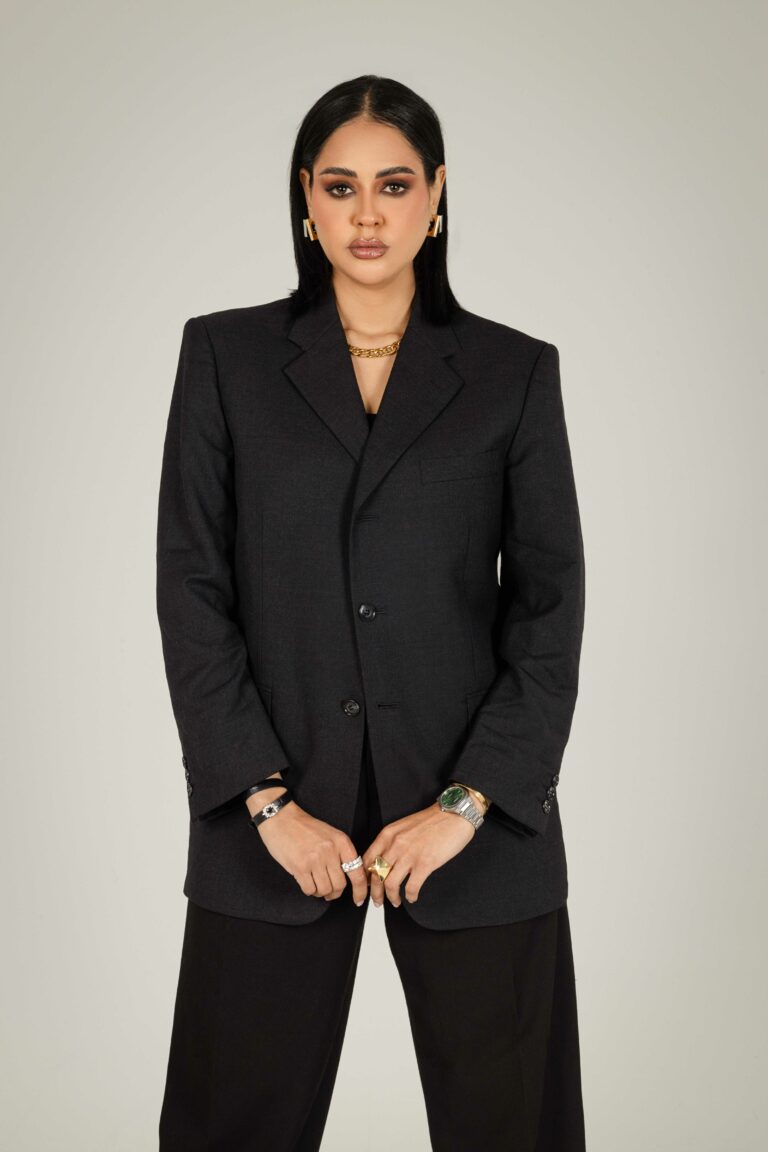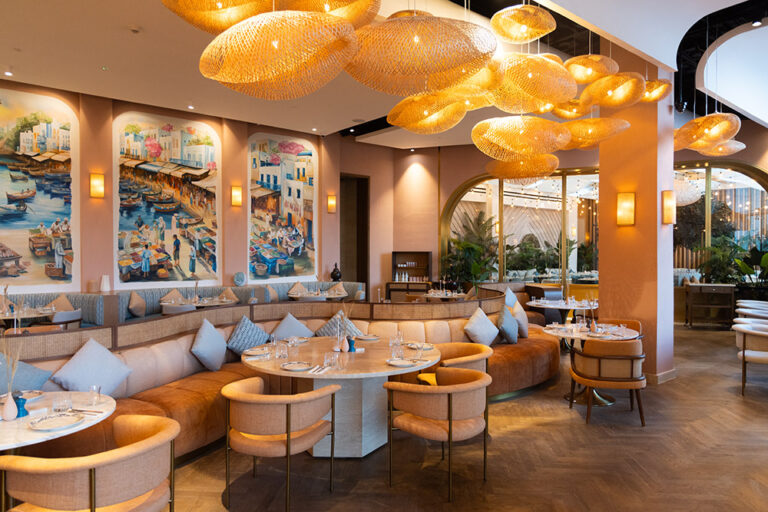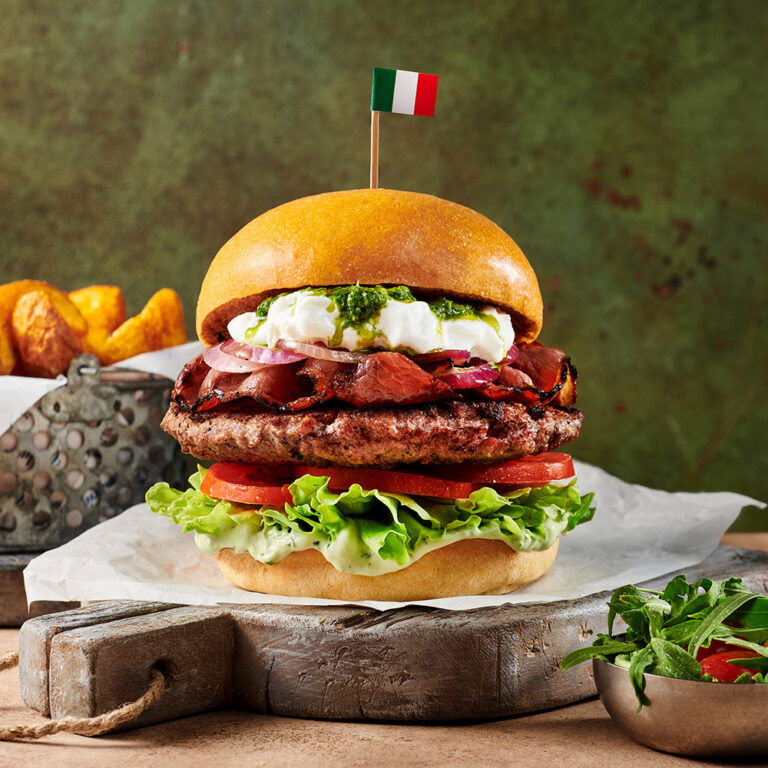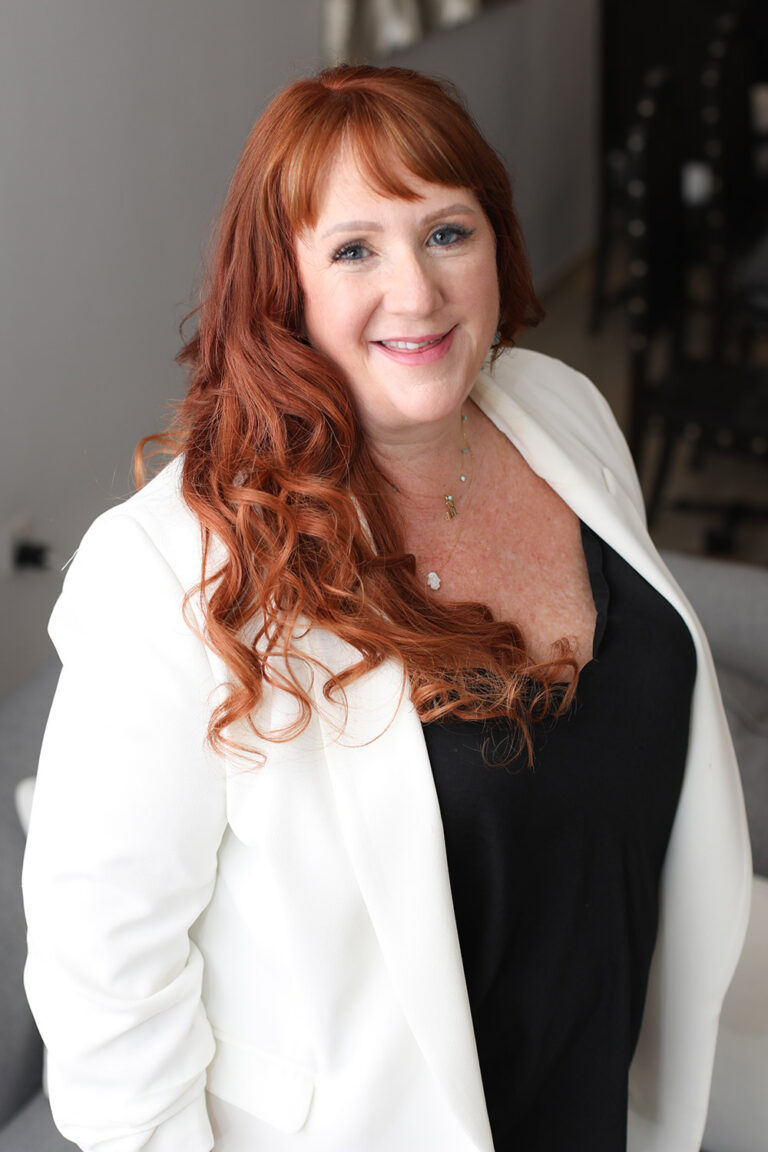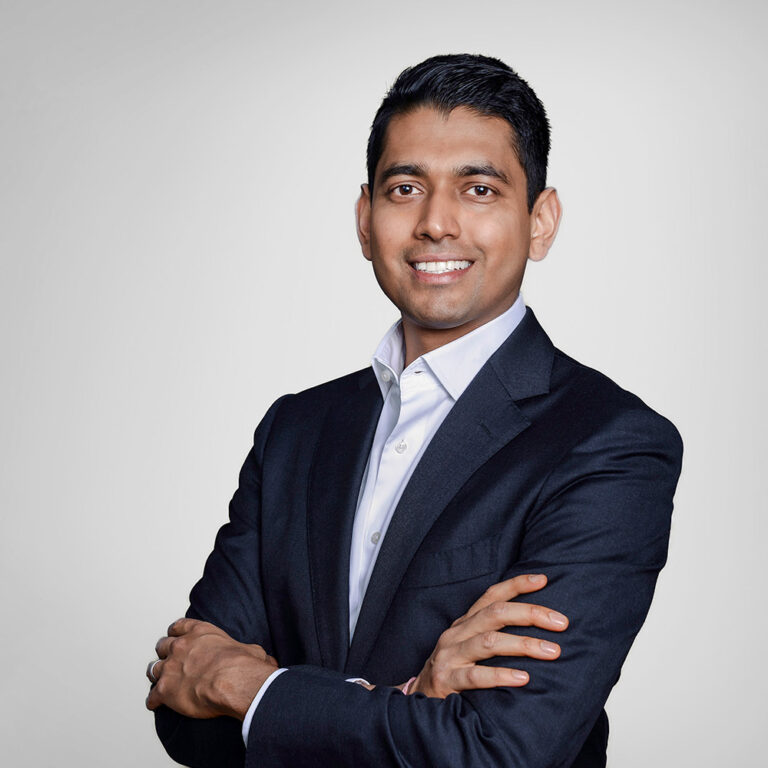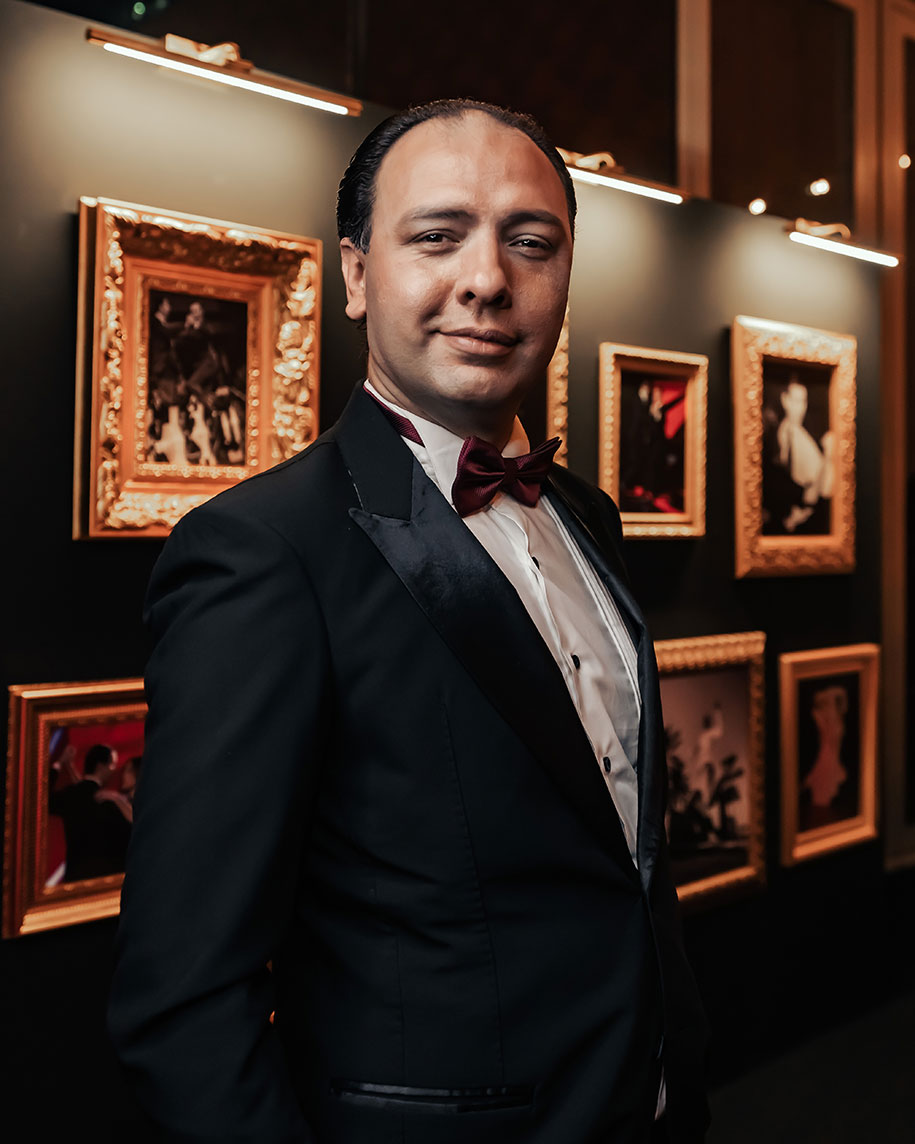
Shifting mindsets: Sandhya Lalloo-Morar’s Idō movement
Roaa Tarek
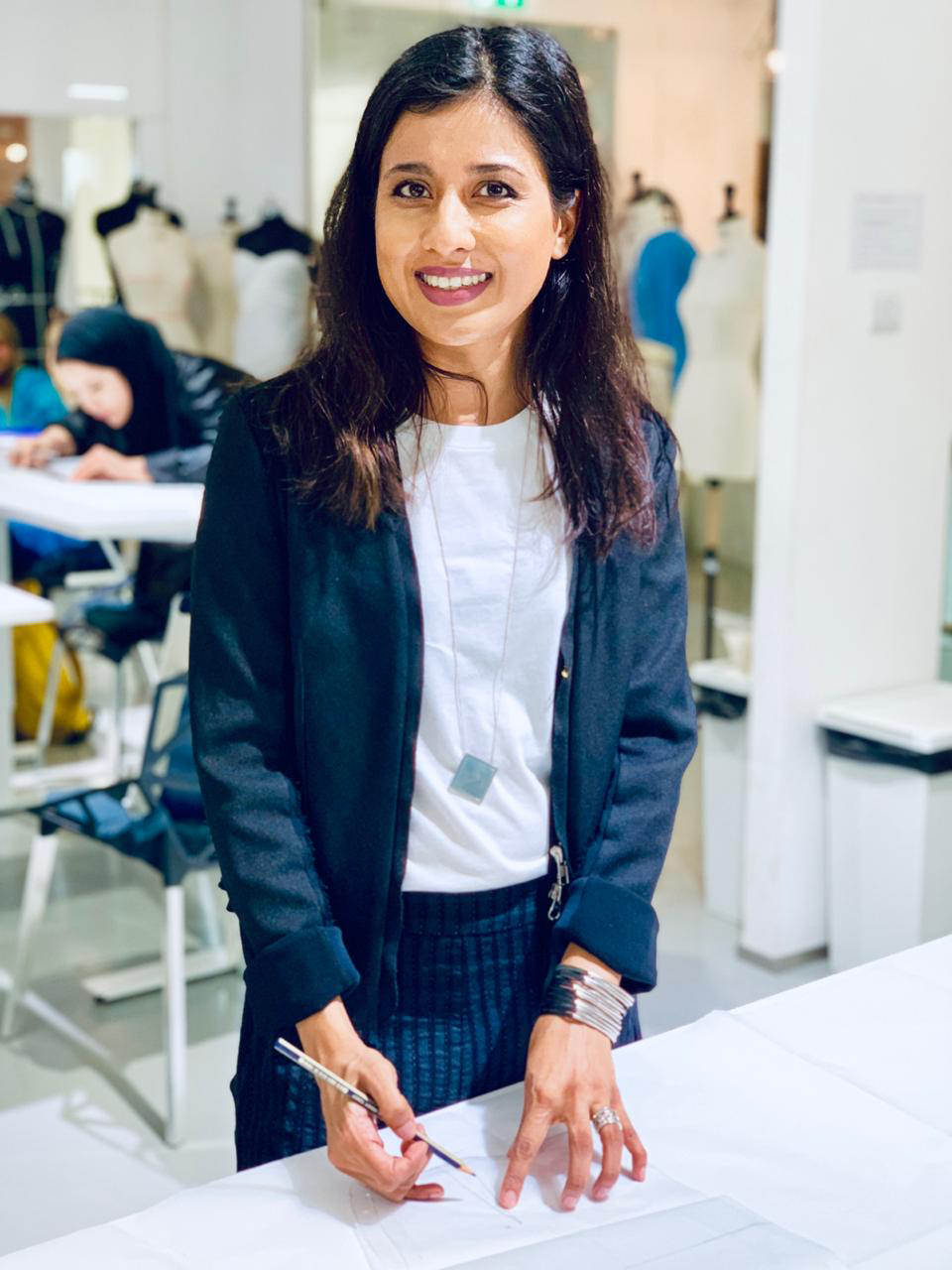
Not so many people can say they got to create something with a purpose. Coming from a dance and fashion design background Sandhya Lalloo-Morar was able to merge her passions and bring life to a brand she believed in. She was able to marry her creative design passion with a purpose to help shift the mindsets of everyday people from fast fashion to a more sustainable option. The Idō Movement was created to provide a sustainable alternative for athleisure and dancewear that is built on ethical manufacturing and strives for net zero carbon footprint.
How did you get into the fashion industry?
I grew up in South Africa in a home where my parents were very involved in show business and we were constantly creating costumes and dance choreography. This inspired me to create and to design. After finishing school, I studied fashion design at the University of Johannesburg and continued on as a lecturer in fashion once I had graduated. After winning the young designer award, I also started my first fashion brand in South Africa. In 2010, I moved to Dubai and began working with multiple brands starting off as a stylist and costume designer. In parallel, I also completed my postgraduate degree in fashion which was focused on Japanese design and lectured at various institutes in Dubai.
As a dancer and a designer, I felt the need to start a new brand that was not focused on fashion trends, but rather embraced the philosophies of Japanese design to create a difference. The Idō movement was then born. Idō is a Japanese word that means movement, change, shift, motion. A dual meaning that pushes us to move as dancers, all the while moving to a more Sustainable Lifestyle.
What is Idō movement aesthetics? I understand that it’s all about sustainability. Can you tell us more?
Whilst sustainability is the foundation of the clothing which entails ensuring the most effective fabric choice, be it clothing made of recycled plastic bottles, fishing nets or using organic fabrics such as Hemp and Bamboo which have a very low environmental impact, I also place a great focus on the design of the actual piece to ensure it flows with the body.
Each piece in our range is inspired by dancers here in the Middle East. I have the privilege of learning from and working with Alaa Krimed, Lana Fahmi, Tomomi Aramaki and Rei Co, from the Sima Performing Arts and have been designing costumes for their various productions. When I attend class, I am inspired by their effortless moves and often, my mind wanders off imagining them dressed in a certain way. This then forms the foundation of the various designs.
Another key facet of The Idō Movement aesthetic is that the design embraces minimalism and is built for multi-use. Looking at our busy lives today, we are constantly moving from one activity to another as we navigate from home to gym, to the studio, to the pool, to work, to a night out with family or friends. The waste that is created in our wardrobes, notwithstanding the water that is wasted on each piece has also greatly influenced each design. Various pieces from our range can be used from beginning of day to end given the properties of the fabric and the design to support and flow for each activity.
What aspects of the fashion industry would you like to change?
I’d change the way we make clothes and the way we consume it. Many fashion design institutions still follow traditional methodologies in the creation of clothing with set structures on pattern making, fabrics selections as opposed to having a ground up approach that focuses on how to minimise waste, reduce dependency on large manufacturing processes as well as creating timeless and minimalist designs as opposed to being trend focussed.
By placing greater focus on designing for longevity, designing for sustainability, designing for environmental efficiency, we can redefine our approach to clothing and help to reduce fast fashion.
Is there a line between being a costume designer and a fashion designer?
Costume design allows me to take creative liberty in being able to portray the theatrical aspect of a production. Whilst the underlying principles of fashion design are used to develop the costume, the creative extension to link the output to a specific context, art depiction, or story is accentuated to complement the performance for which the costume is being designed for.
As a fashion designer, I spend a greater amount of energy in ensuring the sustainability of the garment and ensuring that it serves multi-use.
Hence, in my opinion, the principles of construction and design for both fashion and costume design are similar, however, the goal and purpose that drive each design is different and taps into different aspects of the design process.
What was the most challenging costume you’ve done?
It would have to be the costumes I created for The Fujairah Dance Festival which took place two years ago. I was commissioned by Alaa Krimed of Sima Dance Company to develop 400 costumes for 40 dancers which entailed twelve different costume designs . Each design was related to a specific historical context in the UAE and had a distinct dance choreography which related to different movement styles. As the designer, I had to ensure the costume complemented the piece and allowed the dancer to express their movement effectively. Furthermore , the costumes also had to be designed for a fast change between dance as the show is continuous. I couldn’t believe what I had created until I saw it on stage. It was absolutely mesmerizing to watch.
Where do you draw inspiration for it?
I draw inspiration from the dancers and what they do, especially in Dubai. It is such a cosmopolitan place to meet people from different backgrounds and talents. When I see the dancers performing and they’re flying through the air, I’m already thinking; I need to create a costume that they will be able to express their moves in; Capture everything that I see and visualize on paper. When I’m in a dance studio , I’m in my most creative space and at the center of inspiration.
What’s next for you?
I want to push The Idō Movement to help raise awareness within the industry, educating the consumer about sustainable fashion and focusing on purpose instead of trend. I want to design more collections inspired by dancers and give dancers a brand that showcases the true artists they are.

By Author

no related post found

MESMERIZE: Where Artistry and Innovation Unite in a Ballet of Elegance
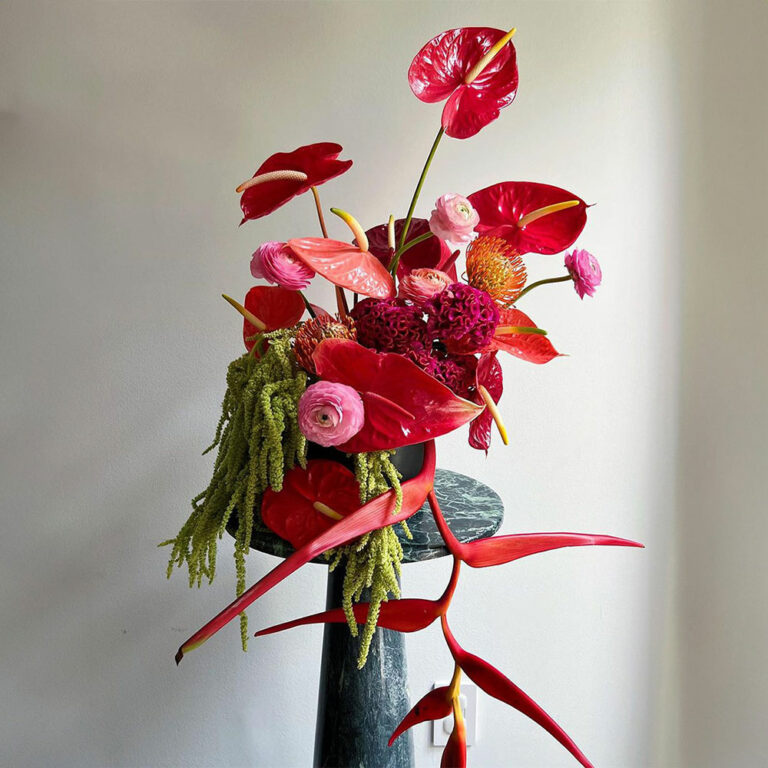
“Flowers are our favorite F word!”
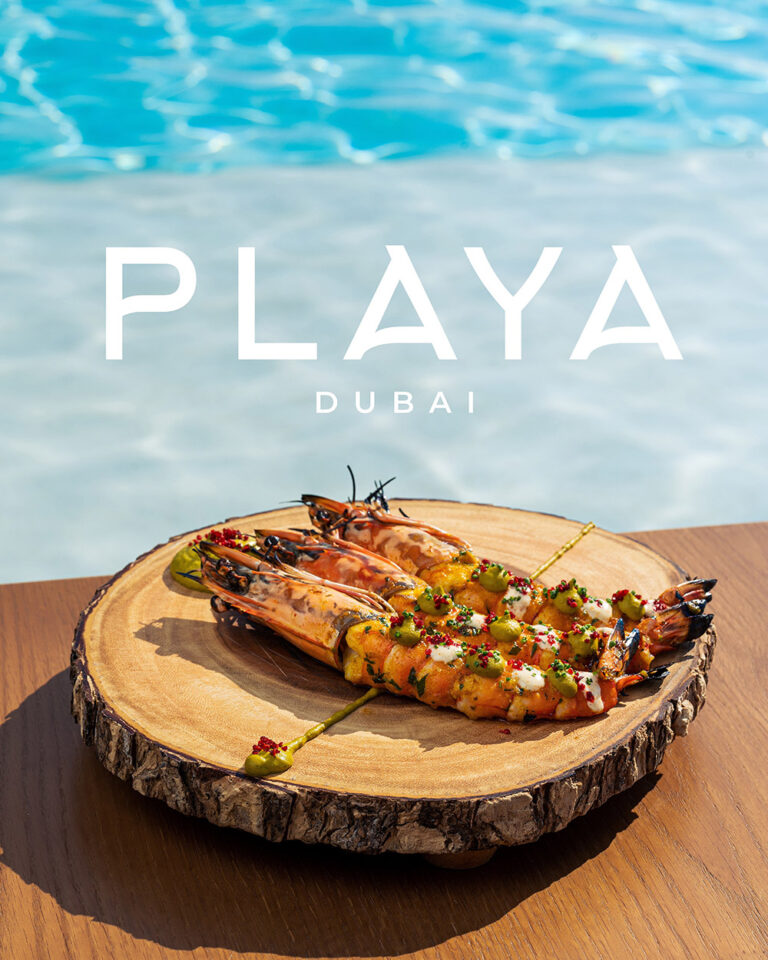
Indulging in Love and Flavor at Playa: A Valentine’s Day Delight
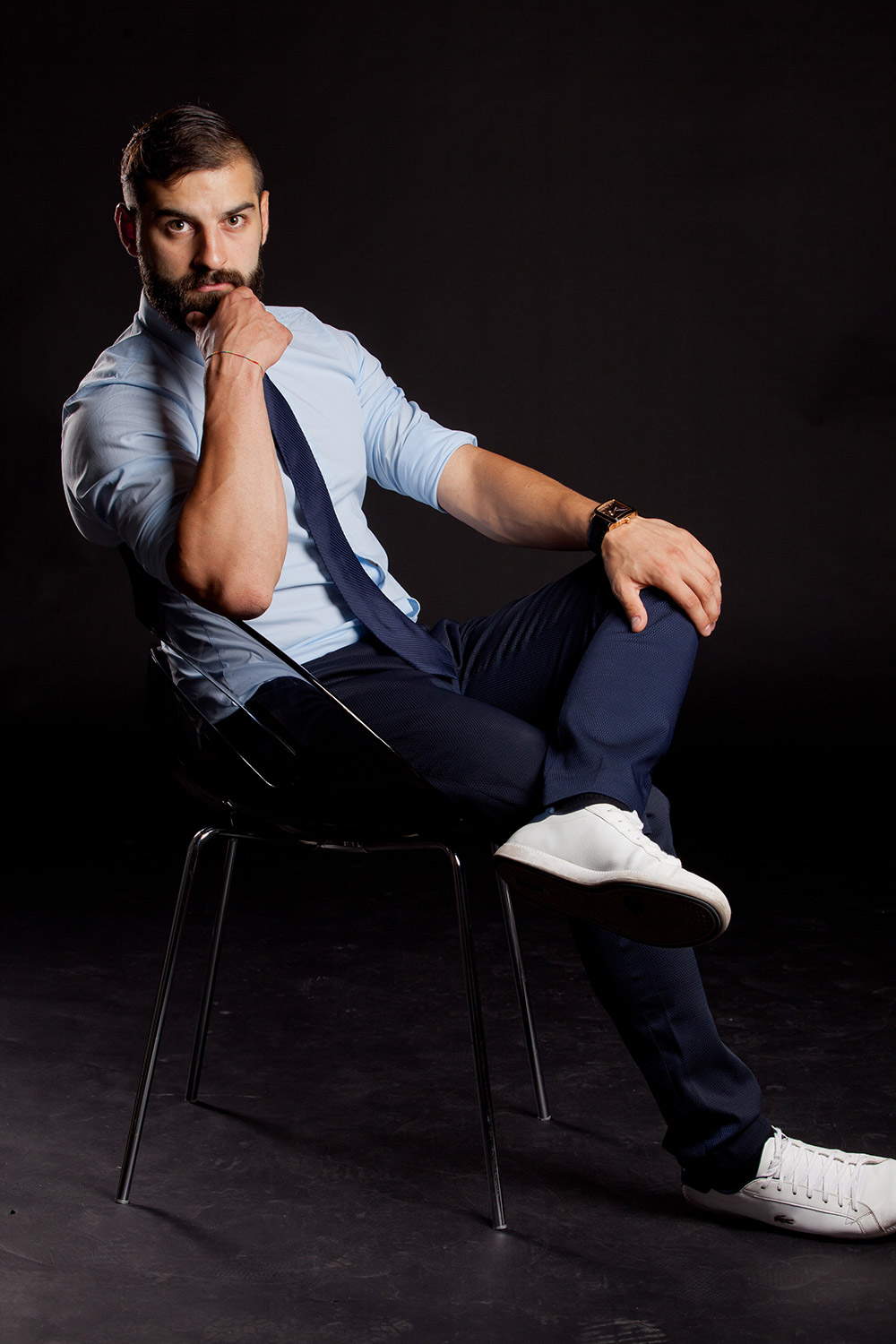
MESMERIZE: Where Artistry and Innovation Unite in a Ballet of Elegance

“Flowers are our favorite F word!”
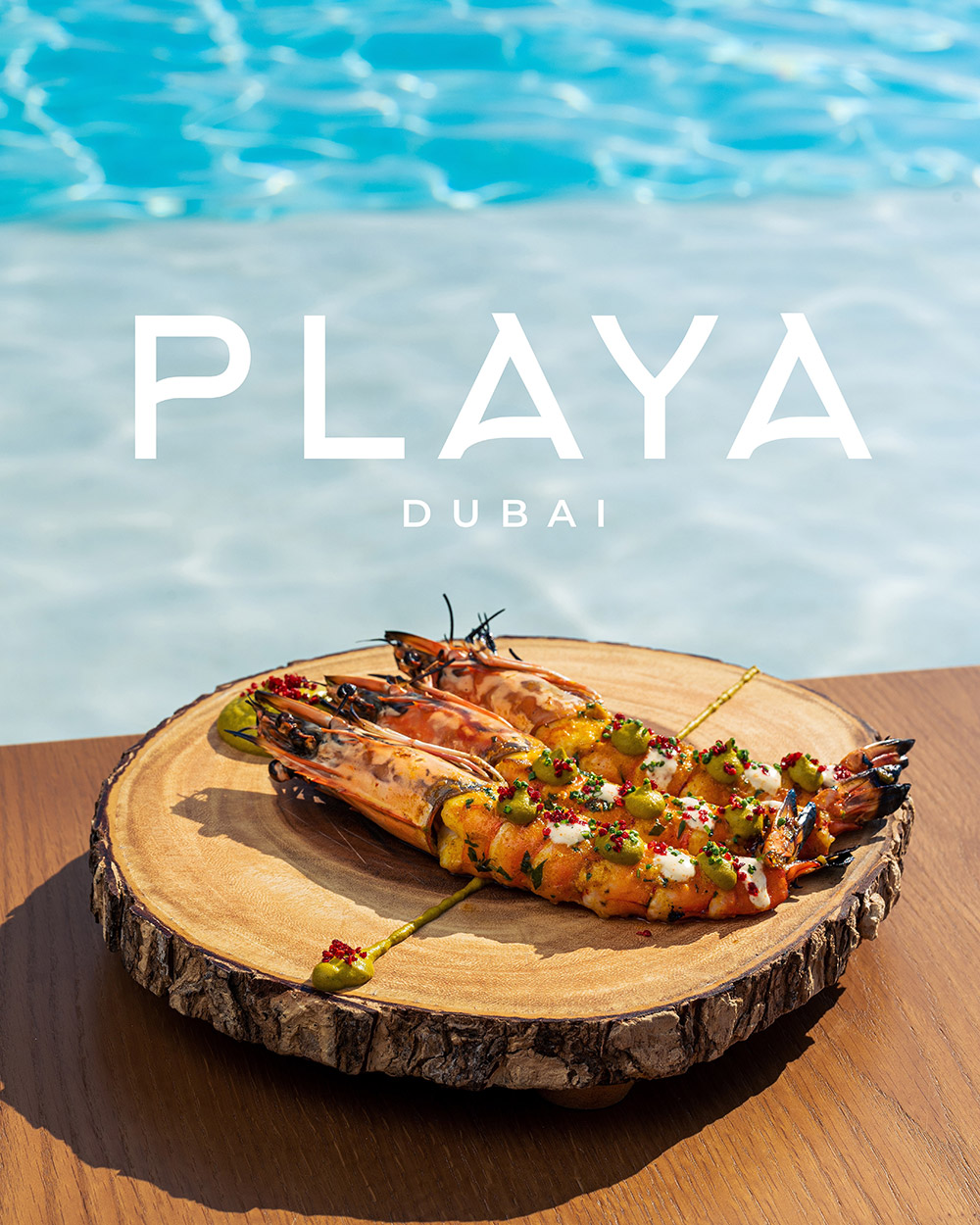
Indulging in Love and Flavor at Playa: A Valentine’s Day Delight

